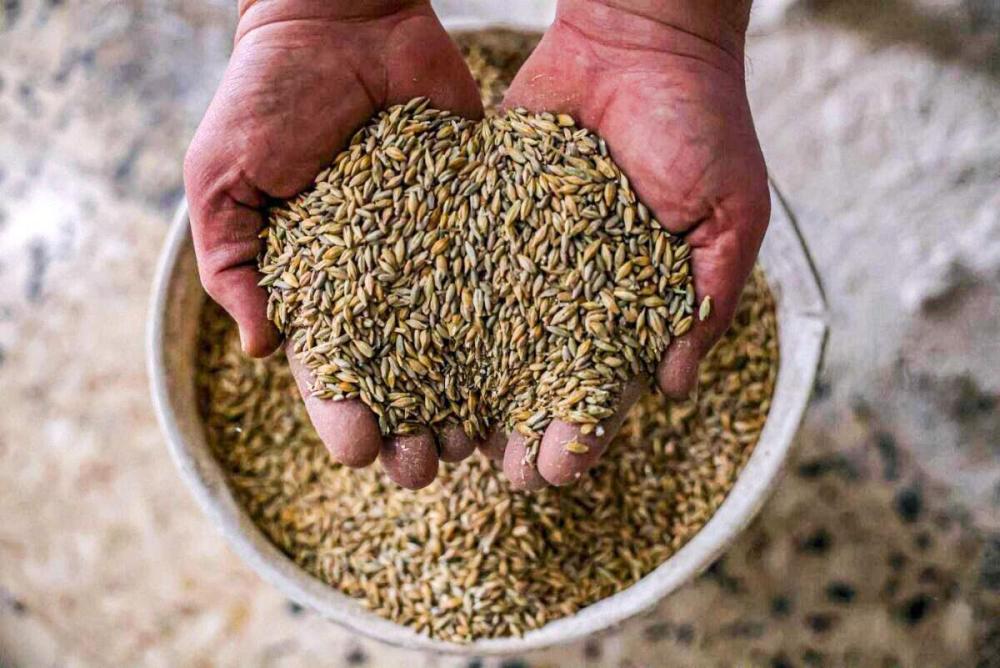-
Posts
25.684 -
Joined
-
Days Won
300
Everything posted by Lion.Kanzen
-
Someone already opened the wish topic for A27?
-
Yesterday I was playing with them so... what about upgrade military colony into full CC?
-
which is the icon concept that will be used for the academy?
-
You should be able to tourchin the building if it's flashing. An option to burn it.(me again with pyromania)
-
Is a traditional at this point. Que paso?
-
we use very generic colors.
-
.thumb.png.ce58cea22940c255f5b0a735d5abee36.png)
I have an idea for a new computer game
Lion.Kanzen replied to maortov's topic in Game Development & Technical Discussion
it could be that... he wants to use our engine. -
.thumb.png.ce58cea22940c255f5b0a735d5abee36.png)
faction Xiongnu 2.0 (reconsiderations) gameplay
Lion.Kanzen replied to Lion.Kanzen's topic in Rise of the East
Ok that's fine. -
.thumb.png.ce58cea22940c255f5b0a735d5abee36.png)
I have an idea for a new computer game
Lion.Kanzen replied to maortov's topic in Game Development & Technical Discussion
How is this related to Wildfiregames? -
Many of us are excited about these additions. gives new possibilities.
-
.thumb.png.ce58cea22940c255f5b0a735d5abee36.png)
Friendly Fire for Ranged Units
Lion.Kanzen replied to Philip the Swaggerless's topic in Gameplay Discussion
the ideal is to create new test gameplay mods together. It's hard to test patches, you have to make a list of the best ideas. For that we created a testing team. It's just reorganizing our logistics. -
.thumb.png.ce58cea22940c255f5b0a735d5abee36.png)
faction Xiongnu 2.0 (reconsiderations) gameplay
Lion.Kanzen replied to Lion.Kanzen's topic in Rise of the East
no chance to steal equipment from the Han dynasty? Or buy equipment from some other fsction or city? -
How do you think that could work in the game? With a building and trickle of gold/any resource?
-
.thumb.png.ce58cea22940c255f5b0a735d5abee36.png)
faction Xiongnu 2.0 (reconsiderations) gameplay
Lion.Kanzen replied to Lion.Kanzen's topic in Rise of the East
Another question. What kind of defenses could they have? -
.thumb.png.ce58cea22940c255f5b0a735d5abee36.png)
faction Xiongnu 2.0 (reconsiderations) gameplay
Lion.Kanzen replied to Lion.Kanzen's topic in Rise of the East
these tribes used the lasso as a weapon? To capture enemies. -
interesting slave trade. They come to attack cities to get slaves?
-
What is that?
-
https://youtu.be/1Kj68mkIuS0
-
I was looking at the colors of the thumbnail and other mods. We do not have much variety for violet, indigo, fuchsia and pink.
-
Small map 100-200 population. That's what I used in my old PCs.
- 1 reply
-
- 1
-





